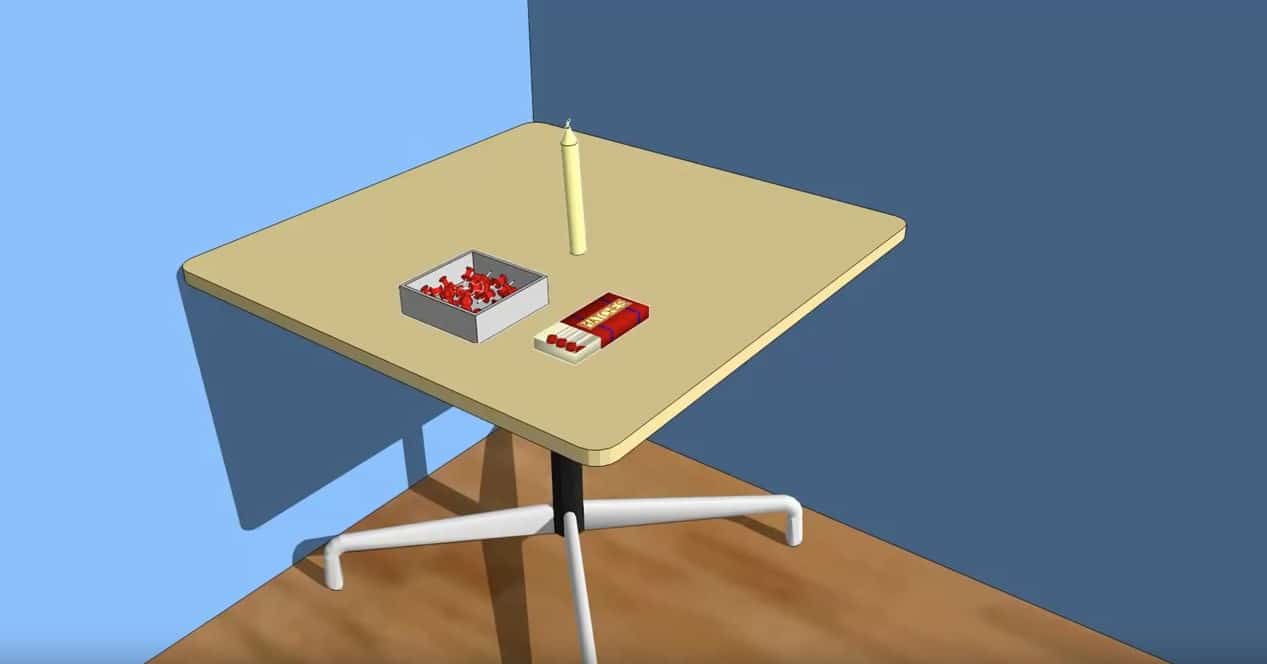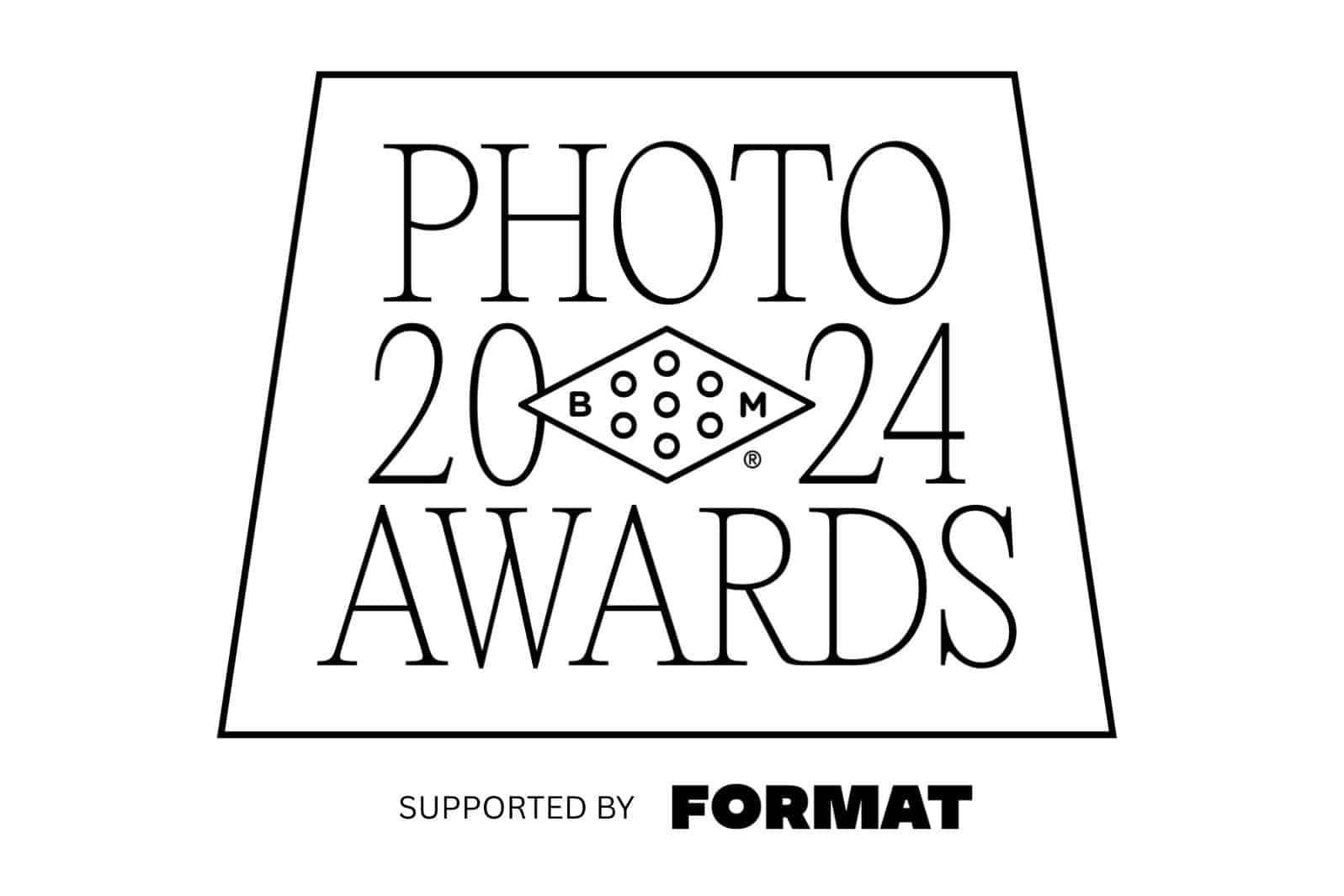Creativity is mysterious and hard to pin down. It seems like no matter where we are in our careers, we’re constantly chasing it, enhancing it, manipulating it, or analyzing it. Endless debates rage over the catalyst for creative thinking—is it nature or nurture? Is it a gift or a skill? But no matter what you believe about the origin of creative instinct, chances are you’ve been curious about how to measure your powers.

1. The Taxonomy of Creative Design
Instead of a straight-laced test for creative ability, the Taxonomy of Creative Design is more like a framework for understanding how creativity develops. It is commonly accepted that understanding creativity can lead to augmenting it, so this system helps place a subject in a specific phase of creativity in order to push forward to the next level. The Taxonomy of Creative Design breaks creativity down into five phases: imitation, variation, combination, transformation and original creation.
Imitation is a level of creativity that focuses on replicating existing work. And if imitation is the highest form of flattery, it’s certainly how plenty of creatives get their start studying the work of masters they respect. The next phase, variation moves past straight mimicry by introducing an interpretation of an existing work that changes its previous form. You’d still be able to identify the primary inspiration in a work of variation, but it would introduce the artist’s own take on the original piece. Combination is a phase that mixes together multiple works so that the sources of inspiration are not necessarily identifiable in the new, reimagined work. Transformation retains the original work’s essence, but changes its form or medium like adapting a book for film or interpreting numbers into visual charts and graphs. And finally, original creation is the genesis of a work so unprecedented that its source of inspiration is entirely unidentifiable.
It’s up for debate whether any creative work can ever be truly original, since we are all influenced by the media and information we consume. However, the Taxonomy of Creative Design works to situate all these influences and phases on a spectrum that, if nothing else, draws together a flow of progress that helps us to understand and identify creativity wherever it arises.
2. Alternative Uses, or the Gilford Measures
The “Alternative Uses” test is one of the best-known methods for analyzing your own creativity levels. It’s also commonly used in human resources to anticipate the creative ability of a potential employee. The premise is simple: how many uses can you think of for a simple, ubiquitous object? The test was originally invented in 1967 by J.P. Guilford to measure divergent thinking. Simply put, it measures your ability to begin with set information and come up with multiple solutions or uses.
The test is still commonly referred to as the Guilford Measures test, and most famously uses paper clips as its subject. With your imagination unleashed, what alternative uses could you dream up for a paper clip? Results are analyzed for fluency (how many responses did you come up with), flexibility (how many different types of responses did you come up with), originality (how unusual were your responses), and elaboration (how detailed were your responses). If you want to shake it up a little bit, the Gilford Measures test can be applied to virtually any object. Try a sheet of paper, or a paintbrush, or a flamingo.

3. Remote Associates
Solving a Remote Associates riddle can get frustrating fast. If you’ve ever played a word association game, you know that the possibilities are endless when you’re asked to freely make the leap from one word to another. The remote associates test forces you to make those leaps to connect a seemingly unrelated set of individual words. The test has been around since 1962, when Professor Sarnoff Mednick invented it at the University of Michigan.
The test is typically administered in a forty-minute session made up of between 30 and 40 problems to solve. Each problem is a set of three words, and the answer is the single word out of the entire English language that fits sensibly with each of the three question words. The sample problem most people experience first is: Falling/Actor/Dust. Answered correctly, the remote associate that works with all three problem words is “star”—falling star, an actor is known as a star, and stardust.
Over the years and through Mednick’s own scientific trials, the Remote Associates test has been used to determine a person’s creative potential and identify hidden talents for imagination and creative thinking in underprivileged communities.
Try out remote associates here.

4. The Candle Problem
The Candle Problem is a very specific creativity test that really only offers a single problem and solution. It was originally presented in 1945 by well-known Gestalt psychologist Karl Duncker. Duncker’s work on problem-solving tasks led to this classic cognitive performance test that has spawned countless riddles over the years. A subject is presented with a candle, a book of matches, and a box of thumbtacks, and instructed to fix the lit candle to the wall in such a way that the candle wax won’t drip onto the table below it.
Until you know the “correct” answer, it seems like there would be plenty of ways to solve the Candle Problem. But there’s really only one way that works, and it requires the subject to conquer a natural cognitive bias called functional fixedness. In trials, subjects presented with the box full of thumbtacks were typically unable to come up with the right solution. But when subjects were presented with the pile of thumbtacks next to the thumbtack box, they solved the problem almost every time. Have you figured it out yet?
The only viable solution is to use a thumbtack to pin the box to the wall, and place the lit candle inside the box. But the functional fixedness bias led most people to see the box as nothing more than a receptacle for the thumbtacks, instead of viewing its individual potential to help solve the problem. Presenting the thumbtacks in a stack next to the box allowed subjects to conquer functional fixedness and solve the riddle more effectively. Lesson learned: take your solutions apart, and question your first take on a problem!












